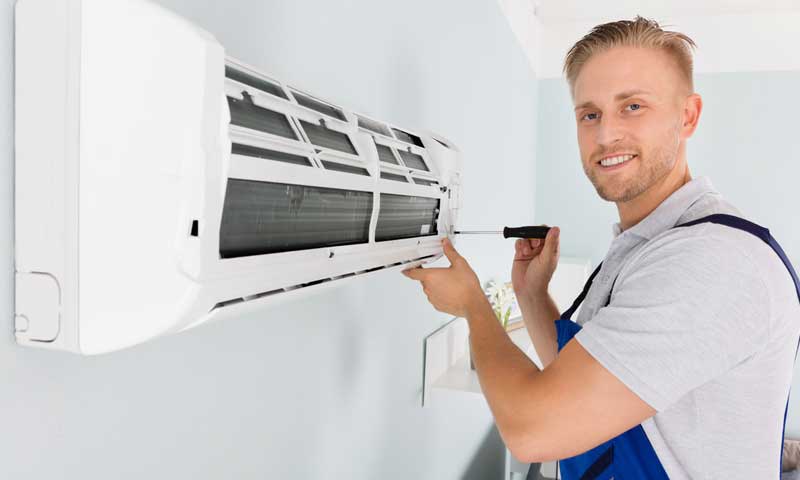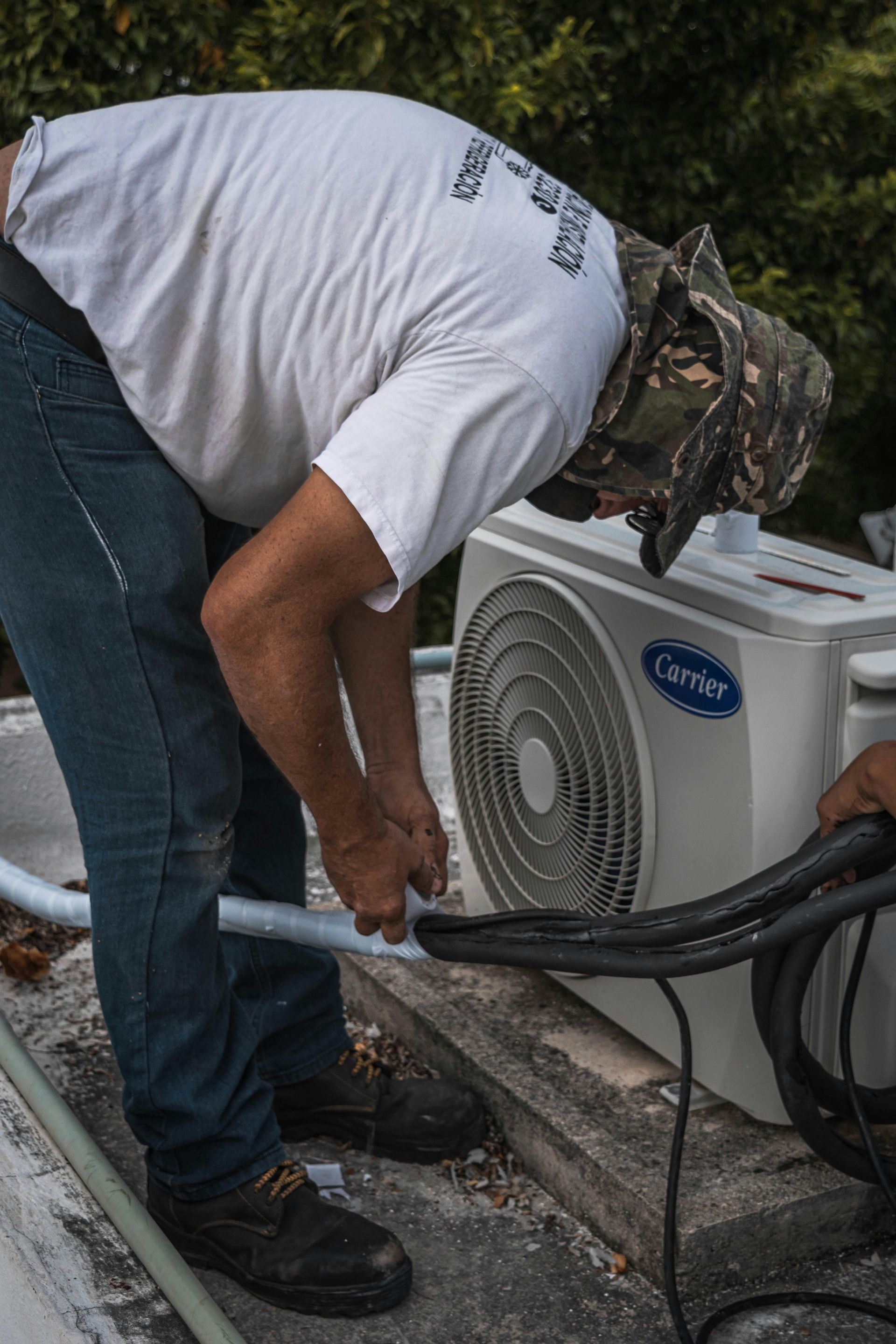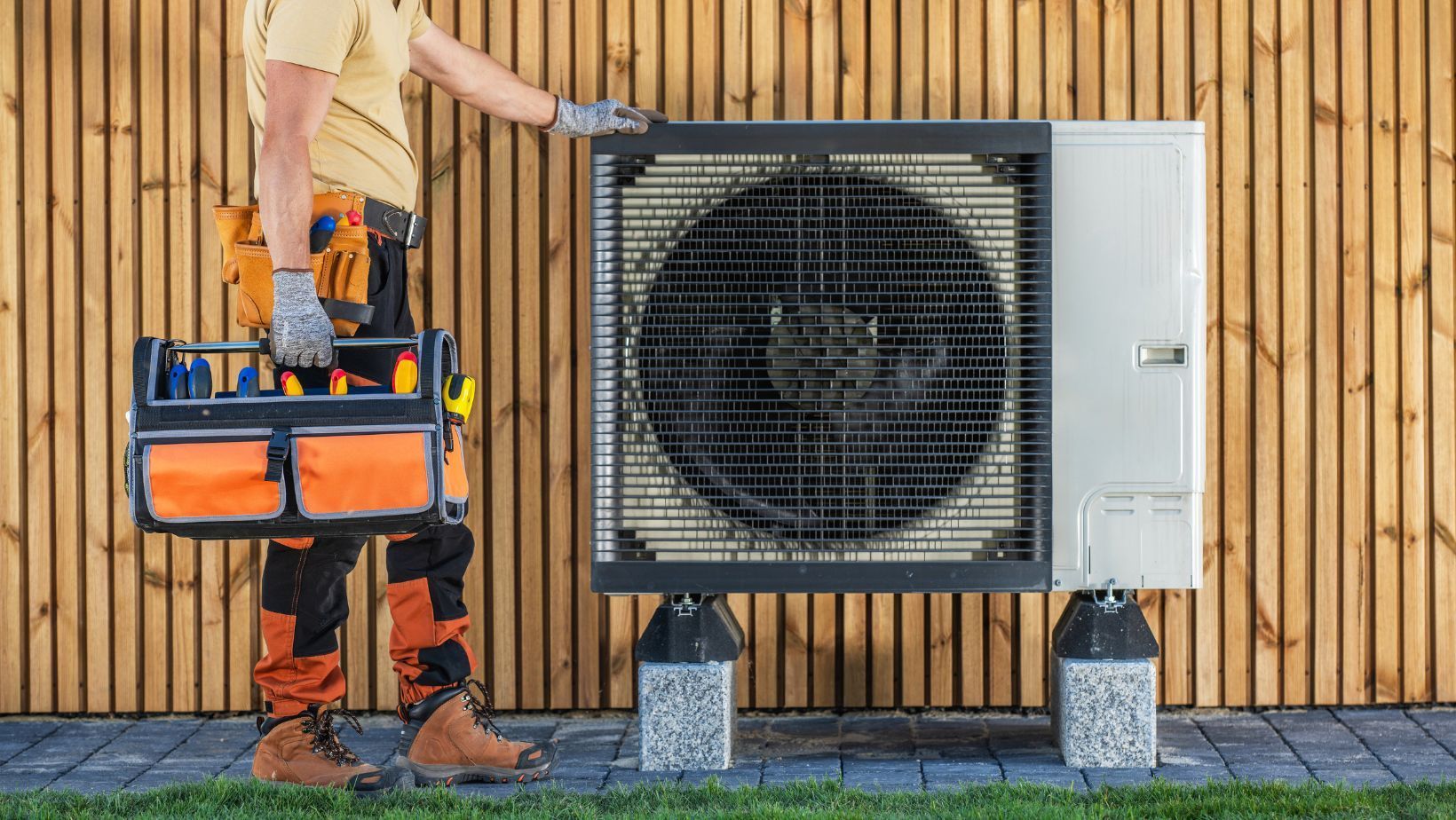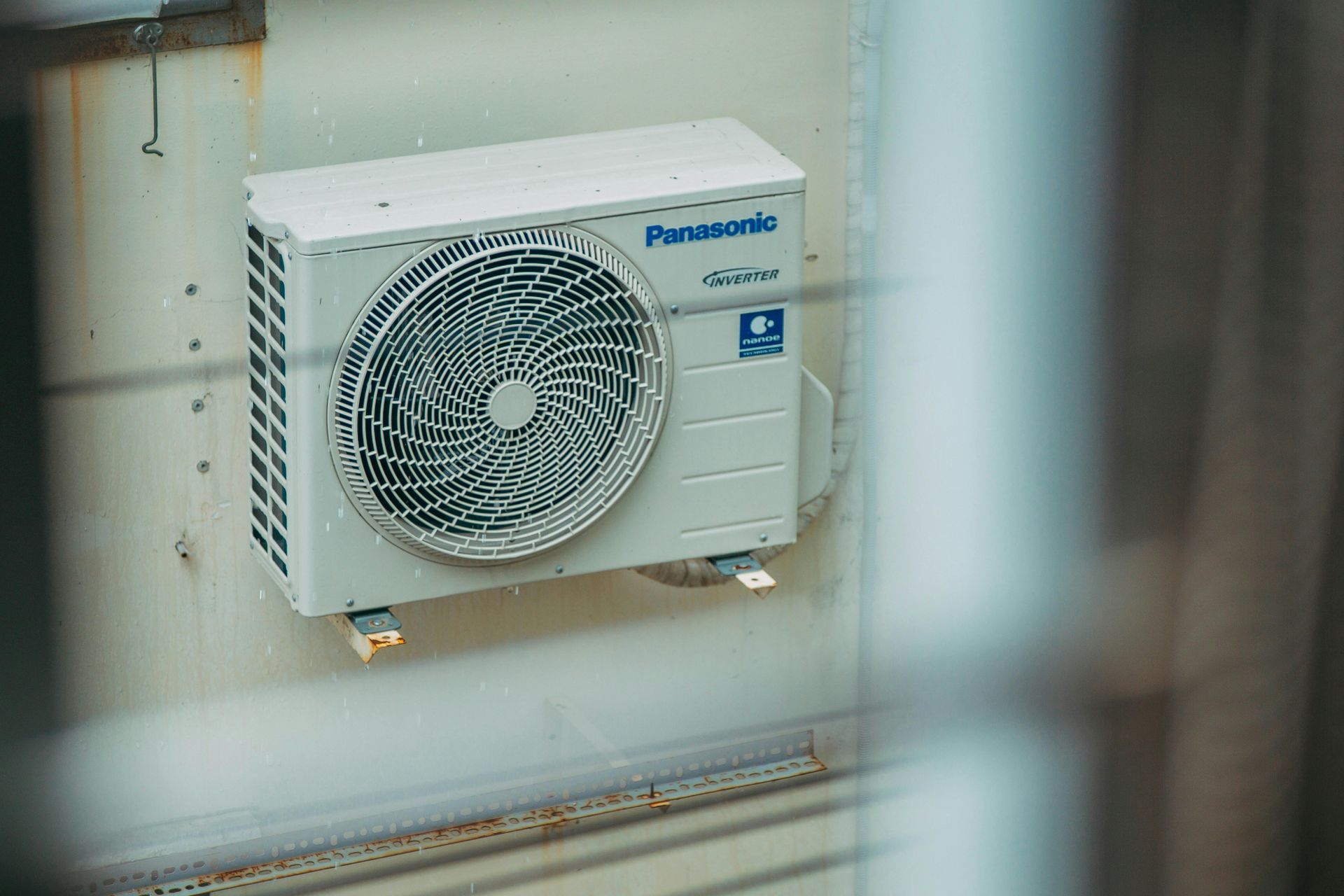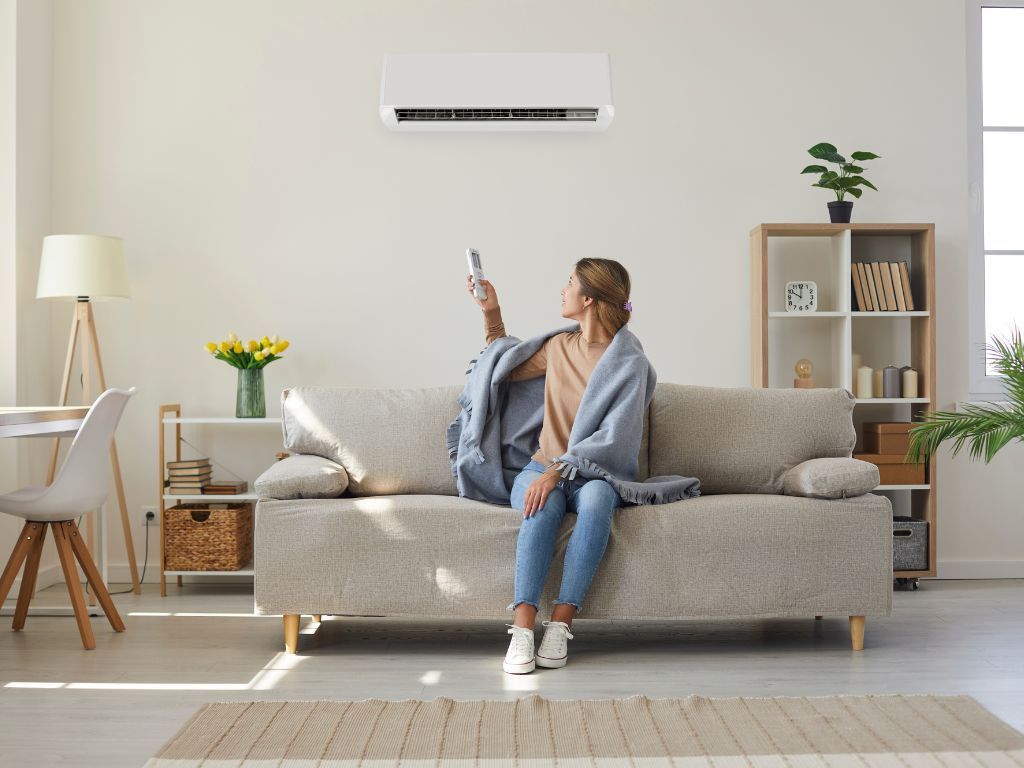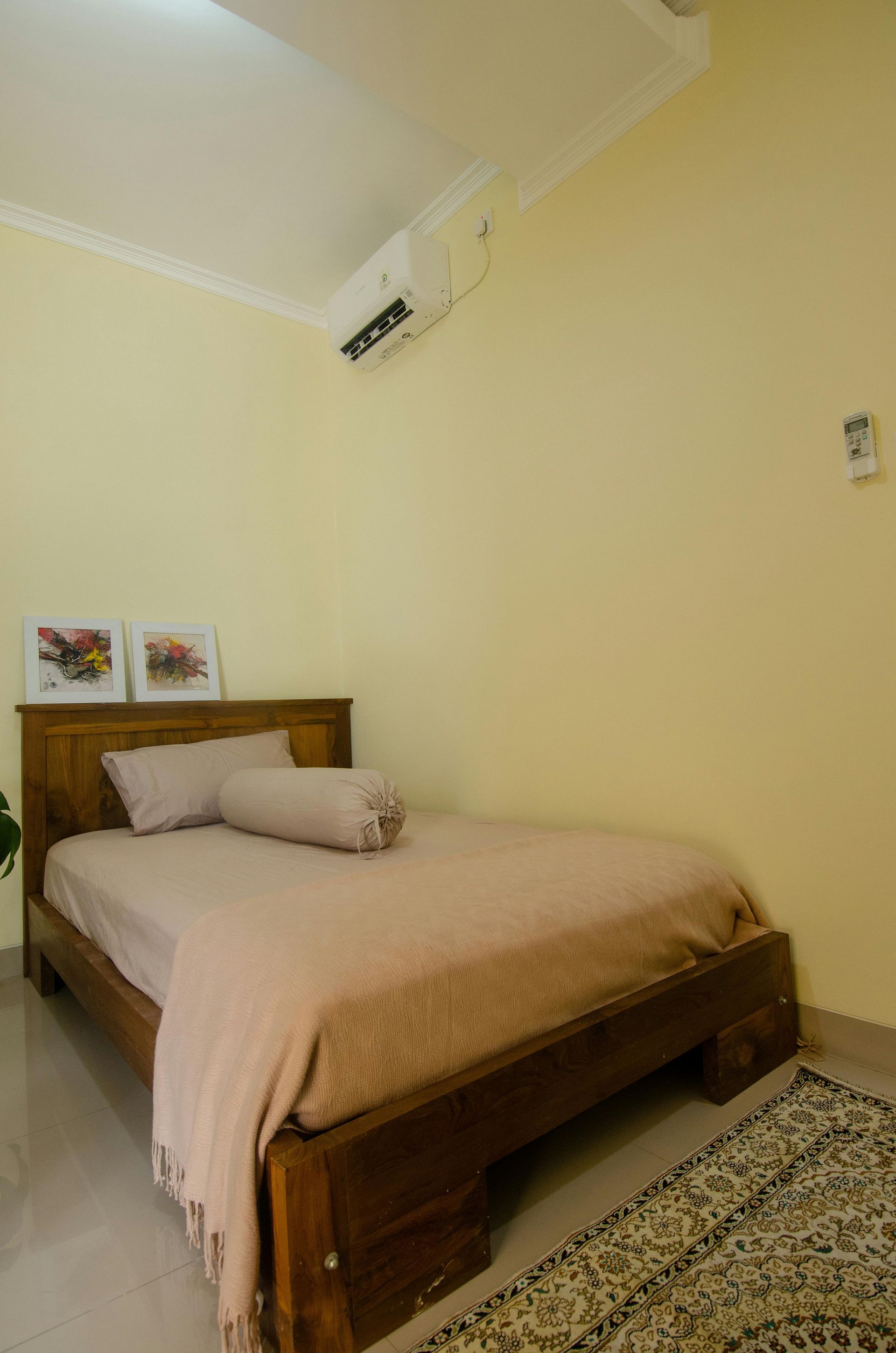Thermostats 101: How They Keep Your Home Comfortable
Thermostats 101: How They Keep Your Home Comfortable

A thermostat is a device that helps control the temperature in a room or building. It does this by sensing the current temperature and turning the heating or cooling system on or off to maintain a desired temperature. The goal of a thermostat is to make the environment comfortable and consistent while also saving energy by only using the heating or cooling system when needed.
A Brief History Of Thermostats
The concept of regulating the temperature of space dates back to ancient civilizations, where people used open fires and natural ventilation to maintain a comfortable environment. The first modern
thermostat was invented in 1883 by Warren S. Johnson, who was trying to find a way to control the temperature in his school's classrooms automatically.
His invention used a bimetallic strip to sense temperature changes and turn a fan on or off to regulate the temperature. Since then, thermostats have come a long way and are available in various types and styles.
How A Thermostat Works
Thermostats work by sensing the ambient temperature and turning the heating or cooling system on or off to maintain a desired temperature. Most thermostats have a dial or digital display that allows you to set the desired temperature.
The thermostat will signal the heating system to turn on when the ambient temperature falls below the set temperature. When the ambient temperature rises above the set temperature,
the thermostat will signal the cooling system to turn on.
Types Of Thermostats
There are several different types of thermostats available on the market, including mechanical, digital, and smart thermostats.
- Mechanical Thermostats
They are the most basic type and use a bimetallic strip to sense temperature changes. They are relatively inexpensive but not as accurate as other types and can be difficult to set and calibrate.
- Digital Thermostats
It is more accurate and easier to use than mechanical thermostats. They use a digital display to show the current temperature and allow you to set the desired temperature with the push of a button.
- Smart Thermostats
It is the most advanced type of thermostat. They use sensors and algorithms to learn your heating and cooling preferences and can automatically adjust the temperature to optimize energy efficiency. They also often come with features like remote access and control through a smartphone app, energy-saving modes, and temperature schedules.
Calibrating And Setting A Thermostat
It is important to properly calibrate and set your thermostat to ensure that it is maintaining the desired temperature accurately. Most thermostats have a calibration feature that allows you to fine-tune the temperature sensing.
To calibrate a thermostat, you can try adjusting the calibration settings or placing a thermometer next to the thermostat to compare the reading with the thermostat's display. It is generally recommended to set the thermostat to a lower temperature in the winter and a higher temperature in the summer to save energy.
Advanced Features Of Thermostats
Programmable thermostats are a type of digital thermostat that allows you to set a schedule for the heating and cooling system. This can be useful if you are away from home during certain times of the day and don't need the system running at full capacity.
Smart thermostats take programmable thermostats a step further by allowing you to control and monitor the thermostat remotely through a smartphone app or other device. This can be especially useful if you want to adjust the temperature while you are away from home or if you want to monitor your energy usage.
Smart thermostats also often have energy-saving modes that can help to optimize your energy usage. For example, some thermostats have an "away" mode that automatically adjusts the temperature to a more energy-efficient setting when you are not home.
Tips For Maintaining And Troubleshooting A Thermostat
To keep your
thermostat
in good working order, it is important to clean it regularly and replace the batteries as needed. Dust and debris can accumulate on the sensors and interfere with the thermostat's ability to accurately sense the temperature.
If your thermostat is not functioning correctly, there are a few common problems that you can try to troubleshoot. If the thermostat is not turning the heating or cooling system on or off, it could be a problem with the thermostat itself or with the system it is controlling. If the thermostat is not displaying the correct temperature, it could be a calibration issue or a problem with the sensors.
Conclusion
In conclusion, a thermostat is a device used to regulate the temperature of a room or building by turning the heating or cooling system on or off as needed. There are several different types of thermostats available, including mechanical, digital, and smart thermostats, which offer a range of features and capabilities.
It is important to properly calibrate and set your thermostat and to regularly maintain and troubleshoot it to ensure it is functioning correctly and efficiently. Proper use and maintenance of a thermostat can help to improve the energy efficiency and comfort of your home or building.
Want to own a thermostat in London, Ontario? Visit us now to choose from a wide variety of products and models!
